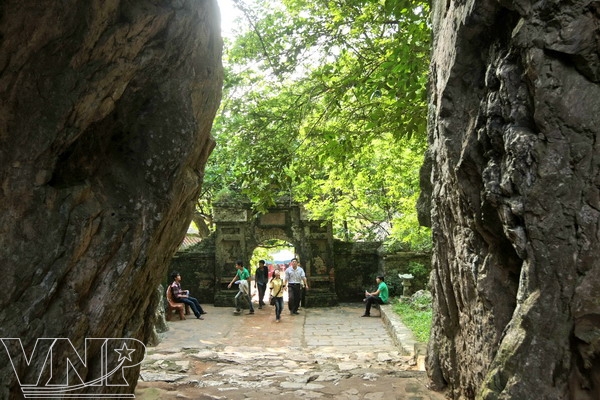U Minh Thuong National Park is an ecotourist site which nature lovers should not miss when visiting the Mekong Delta.
U Minh Thuong in the Mekong Delta’s Kien Giang Province is a vast wetlands area rich in fish and waterbird life that was declared a National Park in September 2000.
From Rach Gia, the biggest of the two towns of Kien Giang Province, you can go to U Minh Thuong National Park by car or boat. If by car or motorbike, head for Rach Soi, cross Tac Cau Ferry and take National Highway 63. The trip takes about two hours.
From Rach Gia, the biggest of the two towns of Kien Giang Province, you can go to U Minh Thuong National Park by car or boat. If by car or motorbike, head for Rach Soi, cross Tac Cau Ferry and take National Highway 63. The trip takes about two hours.

Using a taxi is also the convenient way for tourists with limited time to visit U Minh Thuong National Park because a taxi can take them to Hoa Mai Lake deep in the park, where they can take a boat tour of the forest.
One salient characteristic that will strongly impress you is that U Minh Thuong National Park situates in an area of freshwater wetlands, comprising peat swamp forest, seasonally inundated grassland. The core zone of U Minh Thuong National Park is surrounded by a perimeter canal and dyke system, with a series of gates, which are used to manage the water level.
U Minh Thuong National Park has biodiversity values. Hundreds of strange species of plants and animals are represented.

Otter - symbol of U Minh Thuong National Park
Surveys to date have confirmed the presence of 187 bird species at U Minh Thuong National Park, including 9 species of global conservation concern such as: oriental darter, spot-billed pelican, painted stork, lesser adjutant, black-headed ibis, glossy ibis, greater spotted eagle, grey-headed fish eagle and Asian golden weaver. In addition, at least eight species of economically valuable fish are found at this park.
The sunsets there are fantastic as thousands of birds return from feeding grounds to their nests. The forest is full of wildlife and the sounds of monkeys and wild pigs can often be heard.
This park harbors a diversity of flora with 226 species of non-cultivated vascular plants which are very rare in South-East Asia. The natural vegetation was classified into 10 types, belonging to four main classes: Melaleuca forests, seasonally inundated grasslands, permanent swamps and vegetation along canals and streams. The wet lands are full of water lilies and another type of water flower called convolvulus.
U Minh Thuong National Park has historical values because the area was used as a base by resistance forces during the First and Second Indochina Wars. Due to the almost complete loss of natural forest in the Mekong Delta region, U Minh Thuong is one of the few places where visitors can see the landscape as it was at the time. In addition, archaeological remains dating back to the Oc Eo civilisation have been found in the area.
At U Minh Thuong National Park, you may encounter some people from Saigon enjoying a spot of fishing. Some Saigon anglers have landed fish weighing more than 10 kilos here.
Visitors to the park are served food specialties. Dishes are made from eels, snakes, fish and field mice and forest vegetables. Specially, grilled snakehead fish and eel hot pot, two main specialties of the region.



